Should I put foam boards right against my basement wall or leave an air gap?
Hi, I live in Southwest Indiana and the basement to our home has no insulation with a cinderblock wall that they have either applied white paint or drylok to, can't tell though. The basement is also a walkout so three sides are exposed to air while the front of the house is underground. My question is should I apply 2 inch foam board to the inside of the wall or leave a gap for air? I understand mold will not grow on the board but I am afraid that there are very small cracks in the mortar in-between some of the blocks and don't know if this will affect anything.. I found a tiny stream of light coming through only one block and had to seal it. Rain does not get directly on the walls and the crack was so small that nothing comes through. Sorry for the rambling but I wanted to give you as much information as possible. Thanks for any help you can provide.

















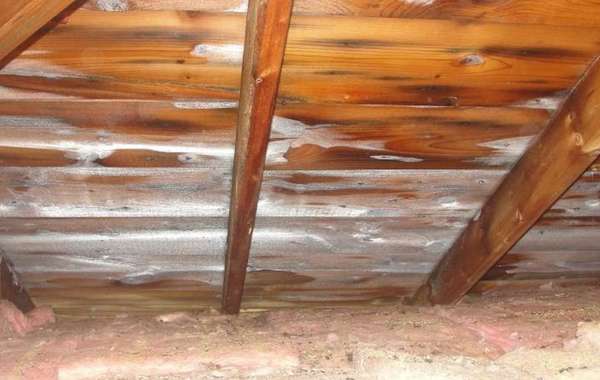
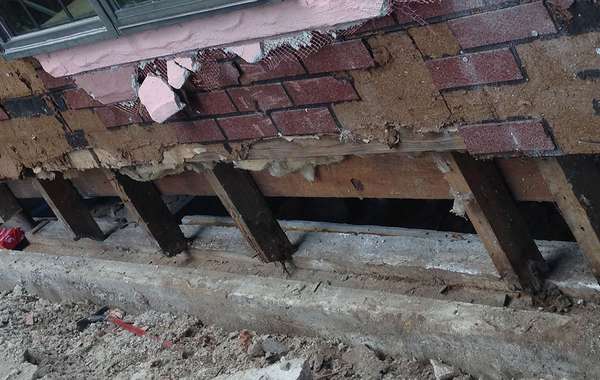
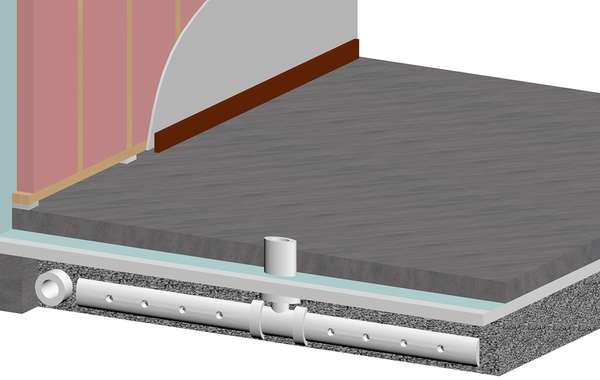

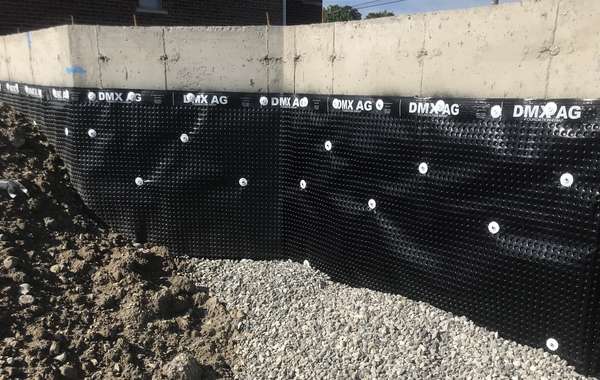

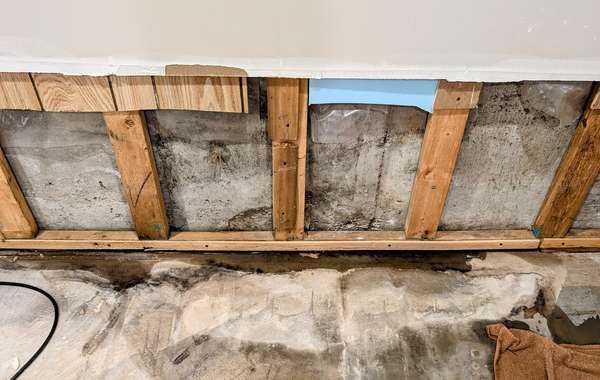
There isn’t any need to leave an air gap between the foundation wall and your insulation, in fact it can cause big problems. You’re best to put it right against the wall. See more here on this page –
Why are Basements Moldy? How to Fix & Prevent Mold in Homes
If you leave an air gap then you’re at significant risk of there being an air convection behind the insulation which could increase the risk of mold forming, and also lead to heat loss.
Best to put it right against the wall. But your mention of light coming through is a bit of a concern, what condition is the wall in, are there many cracks? And was it insulated before of is this the first time? If the block wall has always been exposed and kept warm (meaning no insulation), then you’re introducing a new variable to the equation by letting it freeze and thaw seasonally. That can lead to cracking with block foundations since they are weaker than poured concrete and only held together by the mortar – which is the reason why light coming through is not a good thing.
I've went around the house and found only a few joints where there is a "crack". I almost wouldn't even call it a crack because its actually where the mortar is slightly separated from one side of the block like settling. There are no cracks directly through the blocks. The house was built in 1954 and I see no signs of it ever having any sort of insulation in the basement. The conduit for electricity is directly set against the wall with old metal outlet boxes,, no adhesive stuck on the wall, and no holes in the floor of the concrete or up above on the floor joist where there could've been a framed wall. So are you saying I actually need insulation on the exterior to stop the block from freezing and thawing? We have funds at the moment but don't want to pour a ton of money into it. I'm just trying to prevent any further damage to the wall while increasing the efficiency of the basement because we are currently living in it while we renovate upstairs. The furnace kicks on every few minutes and is driving the heating bills up drastically.
Exterior insulation is for sure the best, no question. But it can be a lot more work since you need to excavate. I don't want to instill panic in you about this since tons of block foundations get insulated from the inside and it causes no problem at all, it's just something to consider. Your climate isn't too harsh there so if you think it looks okay then go for it. What can reduce the risk of cracking even more is if you keep it as dry as possible, so make sure water drains away from it not towards it.
What about the condensation that might form between the foamboard and block wall? Won't it eventually just drip down and cause issues with flooring?